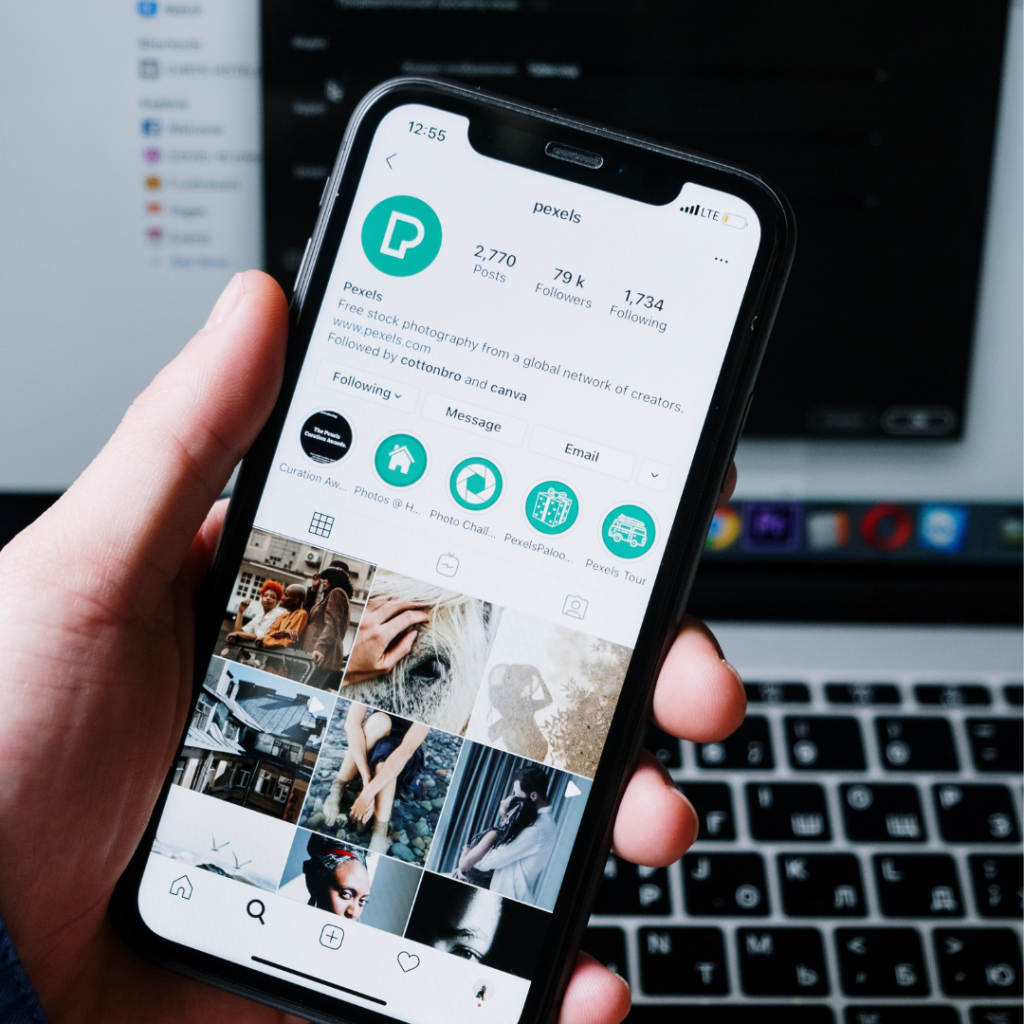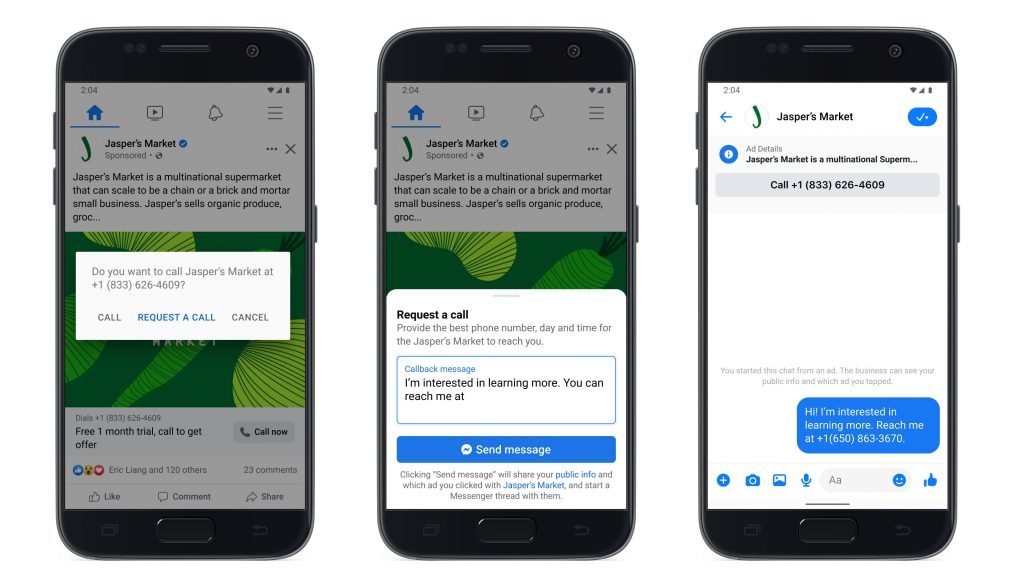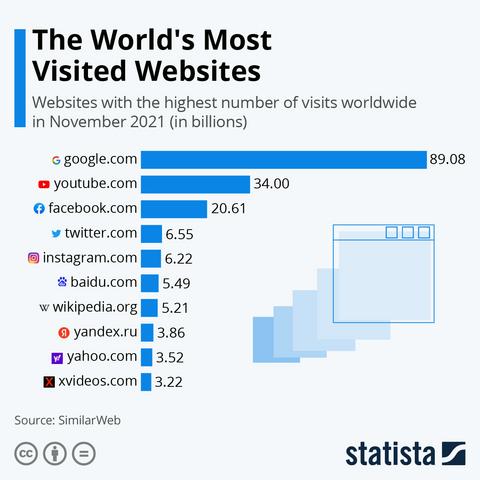
„Advertising is the key to business success” is a phrase that does not lose its relevance. The only thing that is changing is how it is worth promoting your business, and it is very dynamic. So much so that it is sometimes difficult to keep up with the emerging opportunities and updates that are being introduced. In the past, the most popular form of online promotion was Facebook and its advertising. However, in this case, too, the opinions are divided. Many people say that advertising with Facebook Ads is like throwing money down the drain. And that’s indeed the case if you don’t use its power well. What is the obstacle and is Facebook advertising effective in 2022?
Changes, changes – what changed in the last quarter of 2022
The number of updates that Facebook introduces (and, in fact, officially Meta) can make you dizzy. We hardly get used to one, and the next one comes along. To the extent that the social media image from 3 years ago has little to do with the current one. Although we are now at the end of the year, which brought with it a lot of changes and updates on Instagram and Facebook, these are not the last words of Meta. In September, there was more information about upcoming new features that will affect the way social media is promoted. So let’s see what changes.
Free background music in advertising reels
Meta emphasizes popularizing the reels on Facebook, by adding new advertising options to them. To make it easier to create ads, a dedicated collection of free soundtracks has been introduced. You can choose the background sound yourself or let the application choose it automatically based on the content contained in it.
Why the change?
Reels are currently the most desirable format on the Internet. Facebook has consistently followed the latest trend and is trying to popularize this format and attract creators, by adding new advertising options.
Post-loop ads
Another update currently being tested also applies to Reels. These are 4-10 seconds of commercial recordings that appear after watching the reels of the observed creator. The important thing is that it can be omitted.
Carousel Ads
Carousel advertisements will be displayed under the Reels while viewing it. You can scroll horizontally and place 2-10 images in the carousel itself. This way of advertising will be more user-friendly because the carousel does not obscure and interfere with the reel viewing.

New automation in targeting
The new product uses a custom audience to reach both new and existing customers. It will also prioritize reaching out to the Custom Audience and will use AI and machine learning to do so.
Artificial Intelligence in Facebook Messenger
Facebook will use artificial intelligence to display ads in Messenger that will reach those most likely to purchase.
New Lead Generation Ad Format
Redirects clients to a messenger or form, depending on the user’s preferences.
Suggested Ads
When a potential student clicks on an advertisement e.g. for a Spanish course, Meta will use artificial intelligence to display similar advertisements that the user may be interested in. During the testing phase, Instagram advertisements outperformed other campaigns.
Open Test Beta for AR ads
Ads in this format are intended to be available on both the coverages and the main panel. By being based on augmented reality technology, users will be able to see what new furniture in their home or a learning classroom looks like 😉
Call Ads
The Meta also announced some important changes regarding the ads that redirect to a telephone call. Previously, a person reacting to an ad could contact the company directly. Current test concern a feature that allows customers to send their phone number and contact request. This is to show that we value the potential student’s time and thus avoid the frustration of waiting in a busy line.

Read more about upcoming changes HERE.
Advantage+ product campaign
Previously called dynamic ads, they began on August 15 and use machine learning to scale ads. This means that when you offer a wide range of language courses, you don’t have to create a separate ad for each one. Advertising of this type automatically offers relevant services to the recipients based on their interests or activities on the web.
As you can see there are a lot of changes and updates. The above are just some of those that have appeared and will appear at the end of this year. If you want to keep up to date (and I think it’s worth it), check out the page where all the news comes from:
https://www.facebook.com/business/news/
Why should I be up to date?
Facebook still has a huge market share. In 2021, it was ranked the third most visited website, after Google and YouTube. Not only does it generate huge traffic, but of all the web portals it has the most active users. It is estimated that there are about 2.7 billion people! As a social platform that reaches a wide audience, converts customers and generates new leads, it is indispensable.

Why so many changes?
Facebook has a huge team that tracks trends and updates advertising technology to keep you fresh and not get overwhelmed by the growing competition. It has specified formats for ads and recordings that increase audience engagement and expanded features. Wherever consumer behavior changes in the future, there is a chance that Facebook will take this into account in its marketing.
Is it easy to set up a good advertisement on Facebook?
It is not, and is at times downright frustrating, because business tools and their functions are constantly being modified, which entails the need to update knowledge. However, I think it is worth doing this in order not to burn the invested money. If you are aware of what you want to do, what results to get, and how to get them, effective advertising is at your fingertips.
Why don’t ads work for you?
There may be several reasons, but the most common are:
- lack of strategy and plan,
- no specific objectives,
- the desire to spread yourself too thin, which is bad targeting,
- less engaging content
- poorly chosen graphics
- ignorance of updates and capabilities of Facebook Ads.
How to create an effective Facebook ad?

I could write a book about it, but probably by the time, it’s published it’s out of date 🙂 Luckily there are good advertising practices that are „resistant” to change. Below I have collected the most important factors affecting the effectiveness of your campaign.
Step 1: Strategy
The base of all bases and there is nothing you can do about it. Without a strategy, you’re going to wander around and twiddle. So the key here is to understand and define the customer group that you want to target. A good language school is not Uber or Adidas, which will be perfect for almost everyone. At this stage, it is essential to determine:
- the target group
- its motivation and needs,
- what problems of your student do you want to solve,
- what results you want to achieve,
- how you want to measure the effectiveness of your actions.
Step 2: Use your Ad Manager
It’s not without reason that a team of specialists tracks trends and adjusts tools to make them as effective as possible. It is worth taking advantage of these opportunities to make life easier and not waste time. Advantages:
- Customize the format of your ads – the format will be tailored to the location of the content and the type of devices (i.e. it will be visible on smartphone, computer, and tablet).
- Measure the results – in one place you will check the results of all your campaigns and their effects
- Specify the goals – after the updates from the beginning of the year, there are 6 goals available that will help you to set up your ad accordingly.
- Set the target group – with the help of the manager you will determine to whom your advertisement will go.
Step 3: Choose the goal you want to achieve
In one of the points above, I mentioned the clarification of the goal. Facebook now offers 6, although there were 11 before. The Meta simplified this process because previous options were confusing for users. After consolidation, we have the following options:
- Recognizability – a combination of earlier „brand recognition” and „coverage”. Helps you build visibility into your business and reach as many people as possible.
- Traffic – helps direct the audience of the advertisement to the destination, e.g. the website of your online school or the landing page with a dedicated offer.
- Activity – previously divided into „activity” and „conversions”. Measures the audience’s involvement in the published content.
- Sales – previously „conversions”, „sales from the catalog” and „business traffic”. This option is chosen if the main goal of the campaign is to find as many people as possible who are likely to make a purchase.
- Contacts – previously „conversions”, „messages” and „acquiring contacts”. If you want to communicate directly with your customers or make them leave their contact details, this is the purpose you should focus on.
- The promotion of the application – previously „installation of the application”, here besides the name the goal remained the same, i.e. encouraging the installation of the application.
I think that the current distribution is much better and more transparent than the previous one. Now it is enough to choose the right goal and billing model.
Protip: If you want to generate more traffic on the page, select the CPC model (cost per click). You will only pay for the actual clicks on the ad. If you have a low budget, CPM (cost per mille) is a better choice. Then you pay for every 1,000 views. However, the latter option requires more experience in configuring the campaign.
Remember, effective marketing is a lot of trials and tests. Thanks to this, you will find a model that will suit your school and will bring you the desired results. It is worth testing and measuring the effects so that you know what is best for you.

Protip 2: The goal of increasing traffic is right, but unfortunately ineffective. Facebook’s algorithm is very intelligent in this respect, because yes, the movement will be bigger, but it will not be a qualitative movement but a quantitative one. Select either Activity or Contacts if you want your ad audience to take a specific action.
Step 4: Specify the target group
At this point, we set up your ad to be targeted at your service recipients. For this purpose, we can target by:
- location,
- gender,
- age,
- level of education,
- interests,
- activity in the service.
But if you’re just getting started, try a slightly different method. In the Manager, use the target group by clicking on Split and choose one of the options:
- gender,
- age,
- location.
When the campaign is over, focus on the factor that produces the most conversions. This will help you to gradually increase the performance of your ads.
Step 4: Diversify Channels
In recent years, Facebook has significantly enriched its databases with information on consumer behavior and preferences. This allows targeting ads that produce results. However, it should be remembered that this is a very capricious tool that can block an advertisement at the least appropriate time. Therefore, it is worth basing your actions on other advertising channels. The key at this stage is to create a customer journey and plan your actions at each stage. You can use data from Google Analytics, for example.
Often it turns out that social media channels do not generate traffic directly, but play a key role in building brand awareness. Excluding them can cause a significant drop in conversion.
Protip: If you already manage to create a proven set of ads, it is worth making a template of it and using it in subsequent campaigns. Increase your budget by about 10% and wait for it to reach about 50 thousand views. If it continues to work well, it is worth repeating the process and using proven methods.
Step 5: Size of customer groups
If you’re just starting with advertising, create audiences that are similar in size. This makes it easier to check their effectiveness. Sometimes introducing a large difference in number leads to the omission of smaller and more efficient groups, which are overshadowed by larger, less effective ones.
There is no middle ground in marketing. Something that worked for others will not always work for you. Therefore, I can conclude from the above information: testing and analyzing the results obtained are the most important steps in the whole process. You should also be patient, but once you learn the most important secrets of advertising in social media, you will see that it is worth it. And the fact that they’re constantly evolving and changing is only a sign that there’s a potential in them that’s unfortunate to be wasted because of a lack of knowledge.
